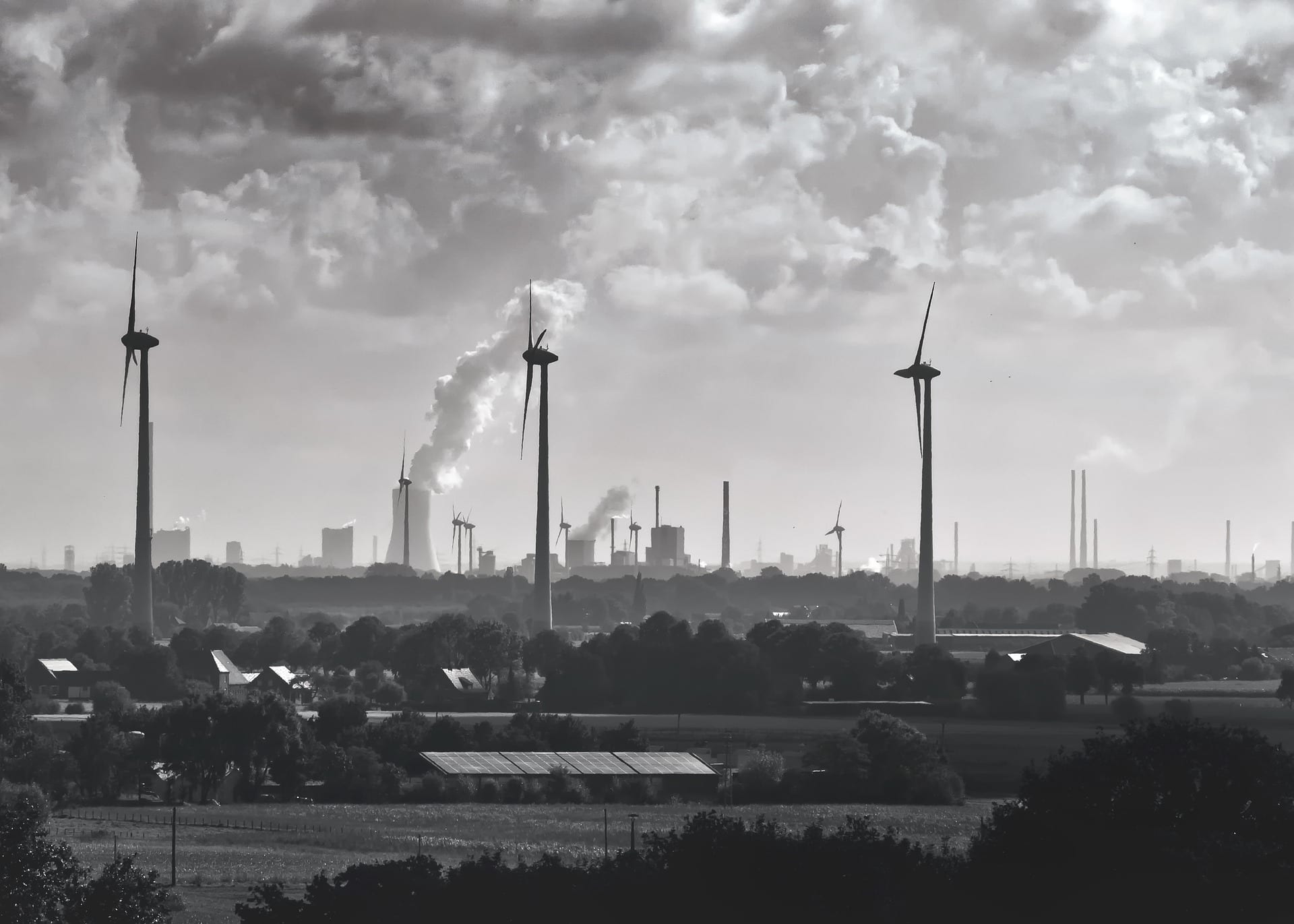Ratcheting up the ambition level: Implementing deep decarbonisation pathways
By ucfaspy, on 4 December 2015

There is a sense that COP21 provides for greater optimism than previous climate change conferences. And for good reason. Emission reduction pledges have been made by most, and the largest emitters are for the first time meaningfully engaged. Providing an important backdrop to this are the positive signs of an energy systems transition underway, as renewables investment continues to grow as technology costs fall, and the rate of fossil fuel use growth slows.
While providing hopes of a generally positive outcome, it is clear that the projected level and rate of emission reductions are woefully short of the necessary ambition – if a less than 2⁰C level of warming is to be achieved. Most recent analyses of INDC impact suggests that current commitments put us firmly on a 3⁰C+ pathway. This is effectively allowing for a doubling of the remaining 2 ⁰C carbon budget (1200 Gt).[i]
Whatever the Paris agreement ultimately looks like, there will be a need for countries to revisit their INDC pledges quickly, through some sort of pledge and review mechanism. If such a process can be agreed and operationalised, we know that countries can develop longer term pathways that lead to deeper emission reductions.
The Deep Decarbonisation Pathways Project (DDPP) has shown that pathways exist for all high emitting countries, which taken together can limit temperature increase to a 2⁰C level, albeit on a ‘about as likely as not’ basis. How we improve these odds to ‘more likely than not’ will be crucial in subsequent exercises.
These are seriously thought through pathways that provide, in most countries, a perspective that is new to the policy making community about how this scale of decarbonisation could occur – and crucially that it is both feasible in technical and economic terms. This is new information, not derived from global IAM results, but rather country-led analyses, accounting for national circumstances, showing how radical change can be done.
The trillion tonne question is how to effectively move forward along these decarbonisation pathways? Large scale deployment of low carbon technology is critical. Orientating financing to support the necessary investment, and to enable developing countries to decarbonise is also crucial. There are also two specific issues that require further attention and analysis to help move forward with implementation, particularly as both are sources of large uncertainty.
First is the understanding of the political cycle and its drivers, and how it might support or derail decarbonisation. At least if we understand this, it puts us in a position to know what is likely to happen and why, and respond accordingly (or better still, plan ahead). It may be a focus on markets to deliver the transition, or a centrally planned programme. It may be a requirement for energy security and affordability as key priorities, with decarbonisation tucked in behind.
As the recent UK energy policy ‘reset’ so aptly demonstrates, politics is a complicating business. We have been assessing long term pathways for 15 years, and legislated in 2008 for at least an 80% reduction in GHG emission by 2050. A strong institutional framework has been put in place, with independent advice on carbon budgets, and monitoring of Government action to assess progress. Despite this, the UK suddenly has very little to show in the way of a coherent domestic policy package (Table 1 of the UK DDPP report provides a reminder of what was).
Second is our crude understanding of the drivers of energy demand. There is a tendency to represent these based on current perspectives. For example, GDP continues to grow at the historic rate of 2%, doubling per capita income in 2050. Or car demand per capita continues to increase with the rising incomes, despite evidence pointing to demand saturation.[ii]
Few analyses have a developed view of how industry might re-structure, how urban planning could impact on energy consumption, and critically how consumption patterns may change. Ignoring these fundamentals means that we risk missing the means of reducing emissions, and informing policy accordingly. A recent Carbon Tracker report usefully highlighted the importance of such drivers in respect of projected emissions, with ‘business as usual’ thinking skewing towards higher energy demand.
A more sophisticated consideration of demand fundamentals is required, both in terms of how these evolve, and what affect policy might have. Even our technology-focused analyses suggest demand reduction as a key way to reduce emissions.[iii] Such possibilities should not be squeezed out, through a continued fixation on technology-centred approaches, particularly if we indeed want to see a zero carbon world.
Radical decarbonisation will not be easy but can be done. Jeffrey Sachs refers to it as requiring a clean energy moonshot, akin to the Apollo Programme of the 1960s. The science is clear, the technical solutions are there (or there about) but political systems are often poorly suited to deliver the radical change needed over the long term, perhaps bounded by what Naomi Klein refers as the ‘fetish of centrism’, in other words incremental change without rocking the boat, maintaining the status quo. A more sophisticated understanding of the political economy, and the possible evolution of emission drivers has got to help.
[i] Friedlingstein, P., Andrew, R. M., Rogelj, J., Peters, G. P., Canadell, J. G., Knutti, R., … & Le Quéré, C. (2014). Persistent growth of CO2 emissions and implications for reaching climate targets. Nature geoscience, 7(10), 709-715.
[ii] Metz, D. (2013). Peak car and beyond: the fourth era of travel. Transport Reviews, 33(3), 255-270.
[iii] Pye, S., Usher, W., Strachan, N. (2014).The uncertain but critical role of demand reduction in meeting long-term energy decarbonisation targets. Energy Policy 73, 575–586.
 Close
Close

